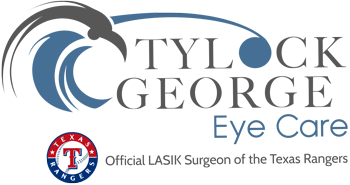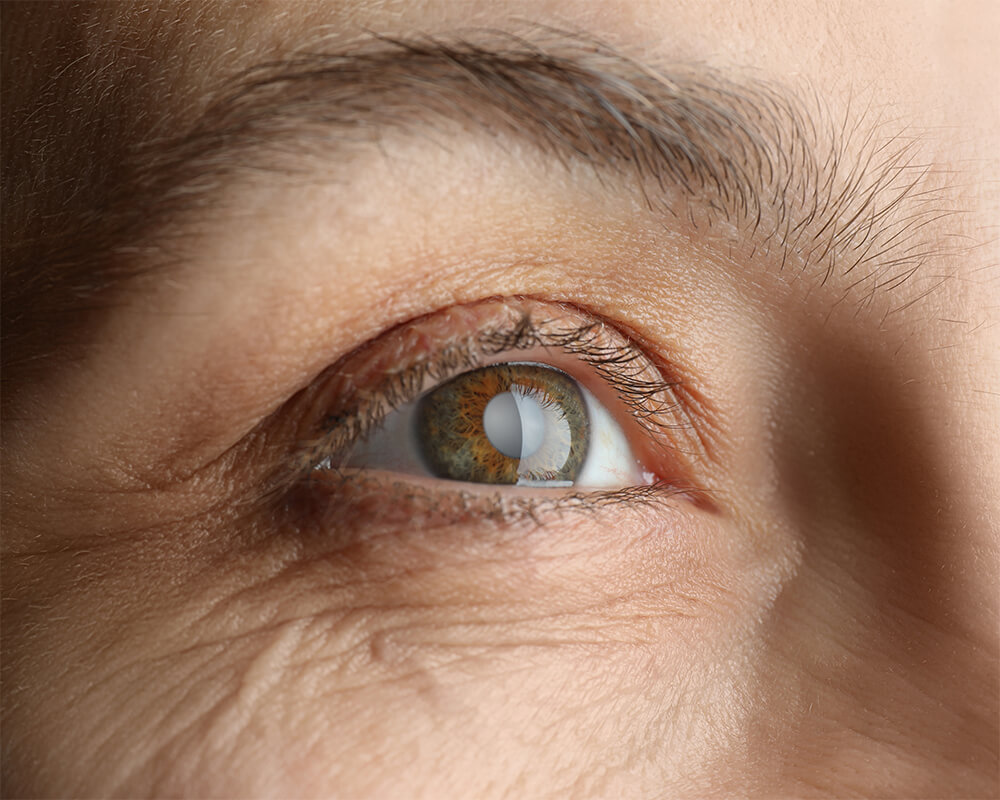

Cataracts occur when the eye's natural lens becomes clouded, usually slowly over many years, and are more common after age 40, which is why regular eye exams are important to monitor age-related eye conditions. As cataracts progress, the lens becomes cloudier, causing vision to become more nearsighted and reduced. The only way to restore vision loss from cataracts is through cataract surgery, which replaces the clouded natural lens with an artificial intraocular lens. Cataract surgery is a common, outpatient procedure taking about 30 minutes, with recovery usually only lasting a few days.
These are the visual symptoms that are common for those patients whose lens has clouded and formed a cataract.

Are you in the early stages of developing cataracts, or don't yet have cataracts? Refractive Lens Exchange (RLE) may be able to help. RLE can successfully correct blurry/hazy vision, night driving difficulty, and more.
Schedule a screening to find out more.
During your cataract exam and preoperative measurement visit, your eye doctor will assist you in selecting a cataract lens implant for vision correction and clarity.
Change the paragraph text to: Dr. Nasser’s interest in process improvement and high-quality, patient-centered care drew him to an interest in specializing in refractive surgery. Born in a small village in Yemen, he is passionate about serving the global community, where he has participated in multiple surgical eye mission trips to Mexico. Dr. Nasser recently accepted the prestigious honor of being a Fellow of the World College of Refractive Surgery and Visual Sciences!
